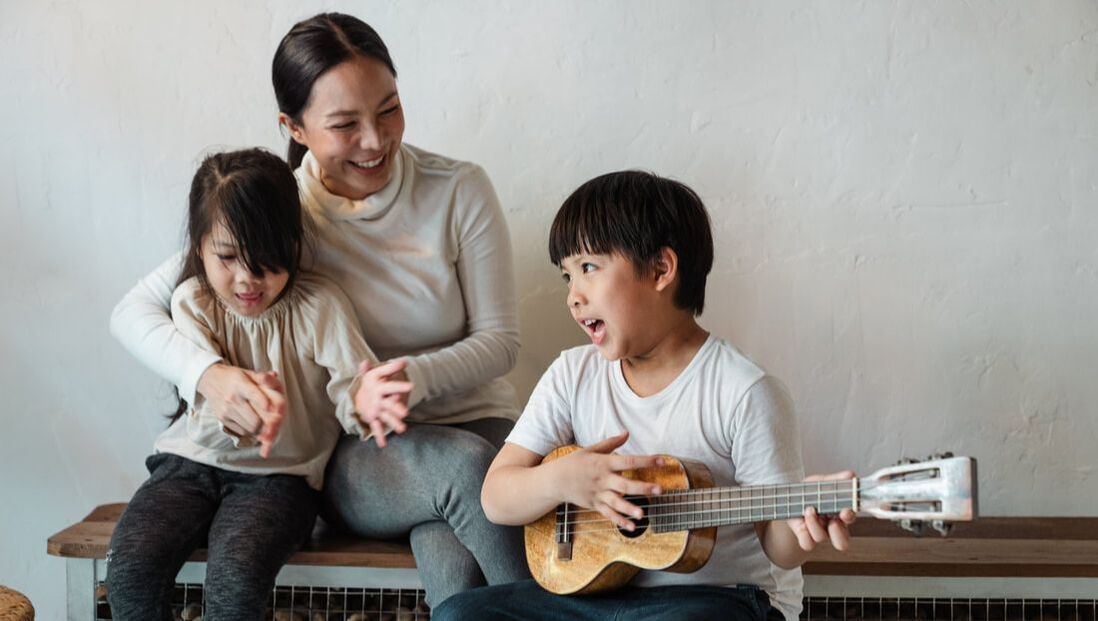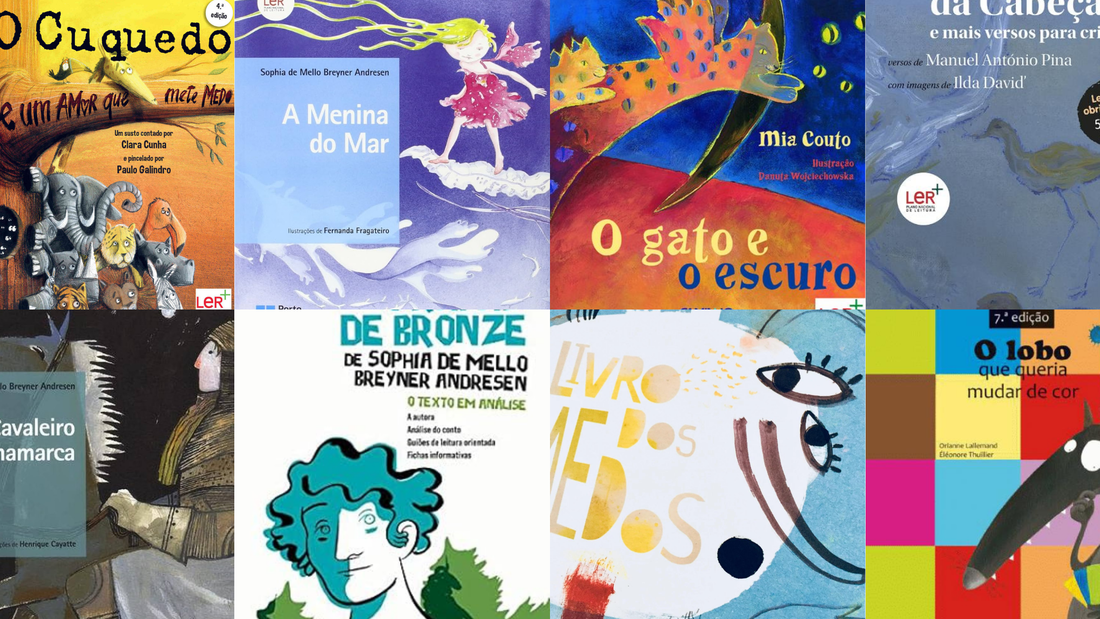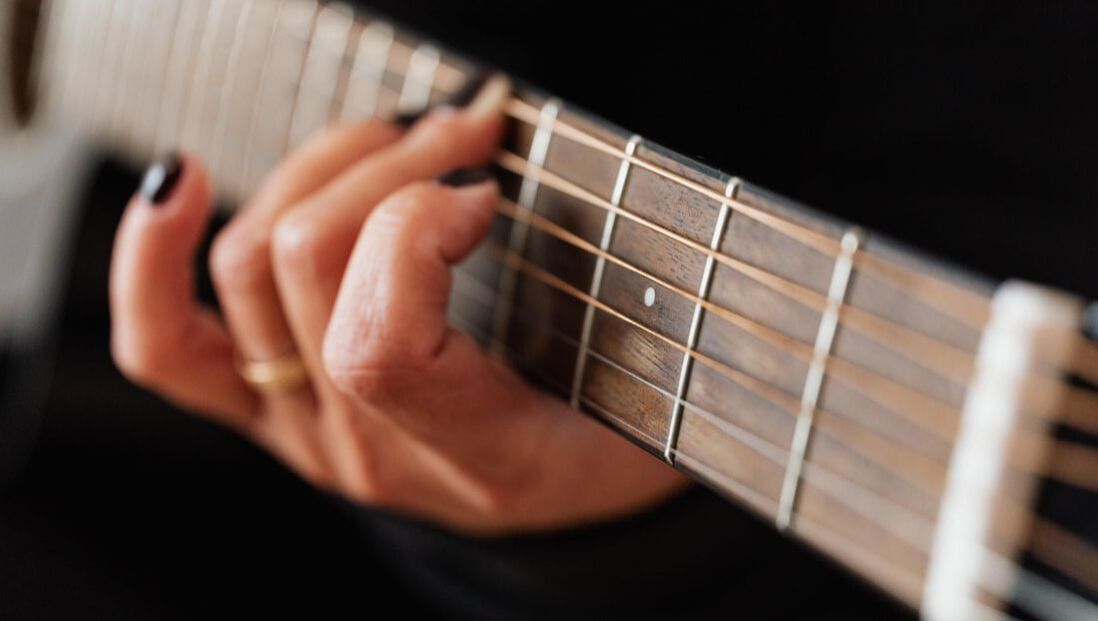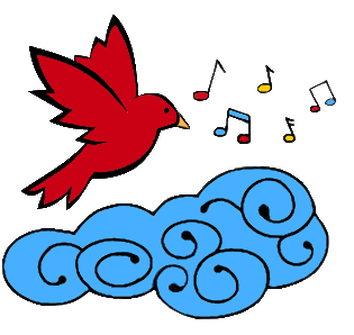|
In my early days as a student, I always found that learning songs helped me build my vocabulary. Do you remember the songs that we learned to be able to learn the alphabet or even the days of the week? Even though learning a new language can be challenging, by adding music to the mix can make the process more enjoyable and effective. In this blog, we'll break down the straightforward ways in which music enhances language learning.
0 Comments
In the fast-paced world of education, the rise of self-paced courses is transforming the learning landscape. These courses provide learners with the invaluable flexibility to tailor their educational journey to their own schedule and pace. In this blog, we'll explore the benefits and unique advantages of self-paced courses, shedding light on how they empower individuals to take control of their learning experience.
Portuguese literature boasts a rich tapestry of stories that captivate readers of all ages. For young readers in particular, immersing them in the enchanting world of European Portuguese children's books can be an excellent way to foster a love for reading while providing cultural insights. In this curated list, we'll explore some of the best European Portuguese children's books that promise to delight and inspire young minds.
In the mosaic of educational pursuits, music appreciation courses stand out as a transformative and enriching endeavor for any student no matter how old they are. Music appreciation courses offer a structured exploration of the world of music, delving into its profound impact on history, culture, and its continued development. In this blog, we'll unravel the significance of music appreciation courses and why they play a pivotal role in our understanding of music as a whole.
Breathing. Our lives began with a first breath, and we will all have a final breath in this world someday. Breathing is something that we do all day and all night without even thinking about it. If you think about it now, you took at least a couple of breaths so far while reading this, right? Breathing is important for all of us!
You have may have been to a musical performance whether an outdoor concert, and indoor concert, a church service, but have you ever thought about your class as attending a performance? No? Read on to find out how.
In this post, I'd like to discuss the importance of being an attentive and engaged member of our audience or class. At the Music And Language Learning Center, all of your teachers put in a lot of effort to provide you with a great learning experience in every session. This involves meticulous planning of the content, setting up visual aids or videos, structuring introductions to topics, and much more. I talked in a previous blog post about the importance of warm-ups and how they help us prepare, practice, and protect us from physical injury with our instruments and voices. Before I do any singing, I will warm-up. This gets my body ready to sing, whether it's for a performance, or just a practice. Why would I need to do that? I've already been breathing and talking already, doesn't that count? The answer to that is – no. Like talking, singing does involve your voice and breathing, but uses a larger range than just talking.
If you've ever gone to an orchestra or band concert, you have probably heard the musicians, before they get started with the concert, all playing their instruments – sometimes you might recognize a short bit of a melody, or just seemingly random notes. It sounds like a mess – no one is playing anything together just lots of different sounds that don't go together. Why are they doing that? Don't they know it sounds bad?
Learning a language through cartoons proves to be both fascinating and effective. The allure of animated characters and captivating storylines not only engages audiences but also offers language learners a dynamic and immersive learning environment. In this exploration of Spanish language acquisition via cartoons, we will delve into the advantages of this method and spotlight some of the most beneficial cartoons for language learners.
During the height of the COVID-19 pandemic, in-person teaching was permanently altered. Despite much disapproval among students and teachers, education was forced to transition online. However, as cases decreased, in-person education increased, and distance learning was eventually embraced – and often favored.
|
AuthorWrite something about yourself. No need to be fancy, just an overview. Archives
April 2024
Categories
All
|
Music & Language Learning Center |
Music Classes |
Language Classes |
MUSIC AND LANGUAGE LEARNING CENTER 2024











 RSS Feed
RSS Feed

